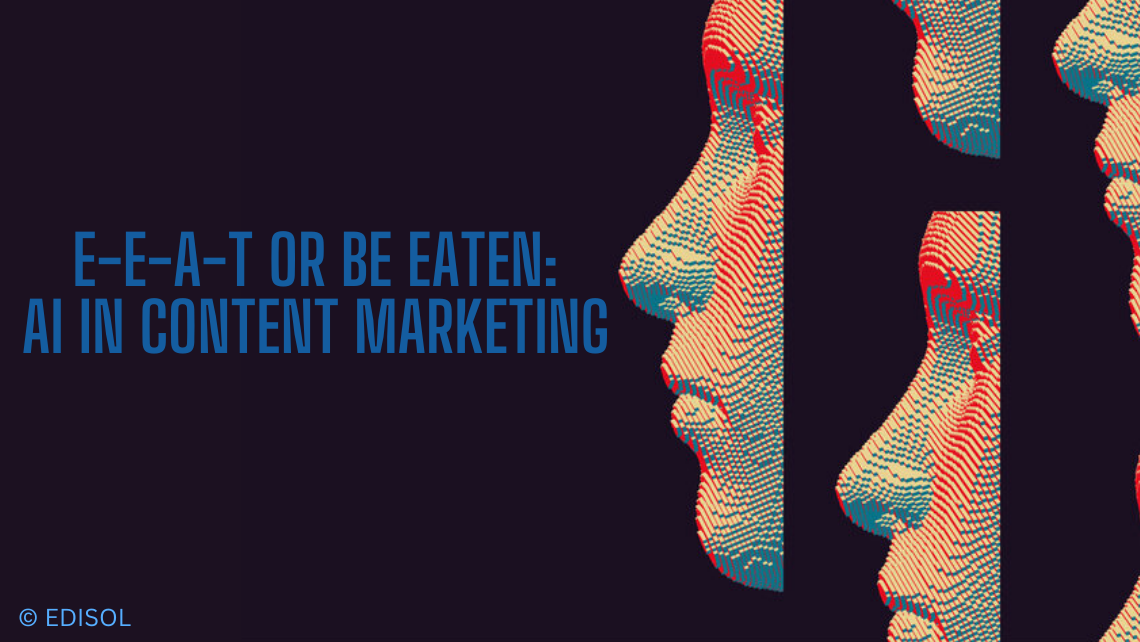What makes any content scalable? Industry experts suggest that creating personalised, targeted content that connects with the buyer personas is the key to scaling. Google also introduced the E-E-A-T strategy in December 2022 as a part of their updated search rater guidelines that help improve the search quality of content.
By this time, ChatGPT by OpenAI had hit the market and was already being evaluated for its potential. The link between the two has led to a great debate on the role of AI in content marketing and other domains.
As of now, around 16% of employees in the US rely on ChatGPT for non-managerial work on their behalf. However, according to Fishbowl's survey, the numbers are nearly half the professional workforce worldwide. Around 43% of professionals use AI tools without informing their employers to save time.
Amidst all this, marketers are also catching up with the trend. The threat of AI replacing humans and diminishing job opportunities for content writers is a hot topic for debate. However, many questions arise with the dawn of AI.
How reliable is AI-generated textual content? Does it contribute to scaling and ranking? Does it check all the boxes required for effective content marketing? Most importantly, what do Google guidelines suggest?
Pros and Cons: The Impact of AI-Generated Material in Content Marketing
AI tools are faster than humans, and this is an undeniable pro in content marketing. With the right prompts, you can generate content for blogs, social media, landing pages, and more in seconds. This shortcut is an excellent option for businesses with limited budgets, staff, and resources.
However, there is a risk. The fundamental function of an AI tool is to take data from online resources as directed by the prompts and present it. This can sometimes result in plagiarism, which can hurt your SEO ranking and redirect your web traffic on search engines. More often, it results in paraphrasing, undermining your content quality and credibility.
In addition, detecting human from synthetic content is also something that Google’s algorithms do. Google prefers content based on the E-E-A-T strategy (Experience, Expertise, Authoritativeness, and Trustworthiness). AI cannot guarantee content that checks all these boxes, at least not without human intervention.

AI-written content is popular for its efficiency and speed, thanks to algorithms creating all types of content within set rules. A lack of creativity and actual expertise, however, can diminish content authority and reach. Recent reports of AI generating images of real people and copyrighted material are also concerning.
Since AI has been found to incorporate fake news with real data, the reliability of content reduces and this misses the T factor of E-E-A-T.
Why is it Hard to Detect AI-generated Content?
Detecting AI writing is easy for a trained eye. However, if you're not frequently coming across AI-generated content, then it may be difficult to tell it apart. Over time, developers are also correcting obvious mistakes to accomplish human-level fluency.
Moreover, use of AI in content strategy and execution can be attributed to the vast range of information it has available. Using data, correct or not, it makes predictions and generates texts. In addition to this, AI has the drawback of supporting biases. When these two factors come together, they push a false narrative that can be hard to verify.
Another issue is that, unlike images, there is no watermark on the text that could indicate its synthetic generation. Images have some indicators, like morphed hands, abnormal proportions, blurred lines and more, but the text has no such clear indicators.
Indicators of AI-Generated Textual Materials
Detecting synthetically generated data without a tool takes practice and vigilance. Here’s a quick glimpse of what you need to focus on:
Repetition of Words
AI-generated text may use words like ‘the,’ ‘on,’ & ‘and’ more than required. This can be a good indicator. As Daphne Ippolito, a senior research scientist at Google Brain, rightly said, “If you have enough text, a really easy cue is the word ‘the’ occurring too many times.”
She added, “A typo in the text is actually a really good indicator that it was human-written.” While a writer may also give you a flawless article, use AI in content creation, and you’ll see that not even a single comma or colon is missed out.
Robotic Tonality
Using industry-specific terminology and technical jargon is another clear indicator of AI-generated content. Writers know to simplify the articles for beginners or to tailor tonality for an expert audience. AI, on the other hand, does not have this emotional bandwidth.
AI will not incorporate slang, colloquialisms, and metaphors unless its quotations are from another author. This lack of consideration for audience, purpose, cultural background and human touch is a tell-tale sign of AI content.
Outdated Information
If you're using ChatGPT, the basis of the output of the content is based on information and data published before September 2021. If your content contains data, you may find that the information referenced is not the most recent.
Lack of Complexity in Structure
AI algorithms are pre-programmed. So, they create a set of replies to similar questions. This is also true for phrases in the content. This is another clear marker. If you rephrase any article, the structure and the position of subject, object and verb will change. However, AI will use synonyms rather than make changes to the existing structure.
In conclusion, machine-made content has yet to reach its full potential. Even if you implement all the tricks in the book to humanise the text, it will be no match against an industry expert.
To create customisable, personalised, natural content that connects with your audience and scores better as per the E-E-A-T strategy, you need expert writers or at least editors who can work with AI.




